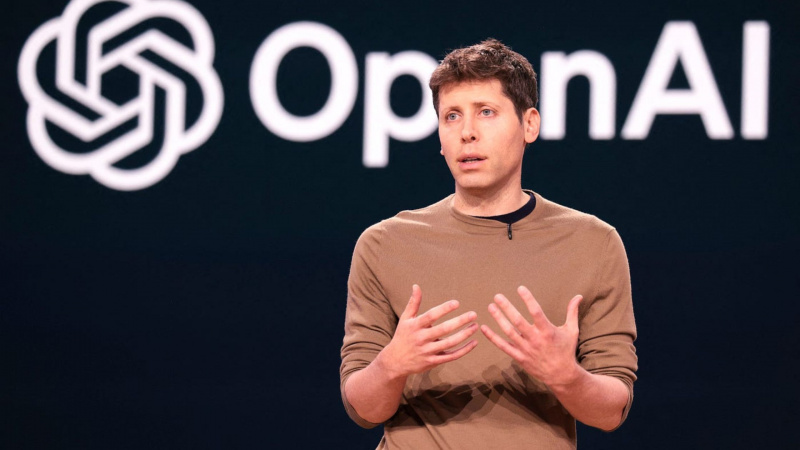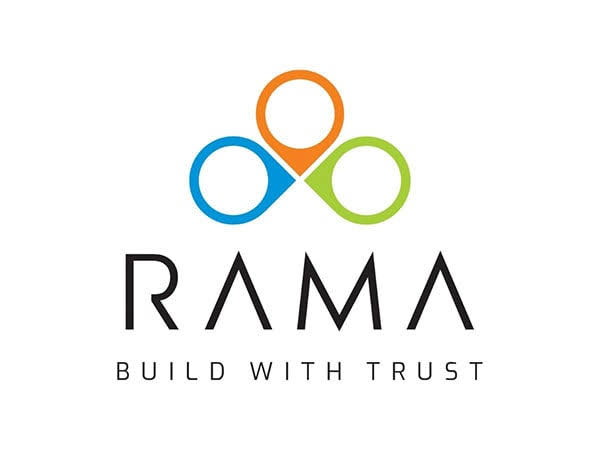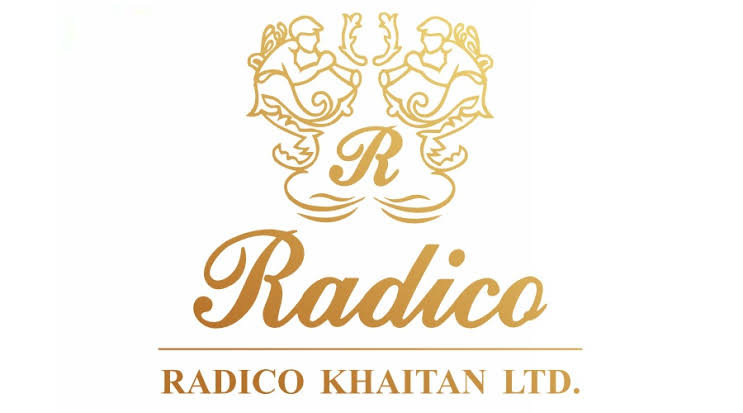 Image Source: B2B
Image Source: B2B
OpenAI’s electrifying announcement today—rolling out quarterly bonuses worth hundreds of millions to 1,000 employees—comes as the company officially launches its most anticipated AI innovation yet, GPT-5. As competition for world-beating tech talent heats up, OpenAI CEO Sam Altman has moved aggressively to reward staff, marking a pivotal moment in Silicon Valley’s ongoing AI talent war.
The Big Picture: Why the Bonuses, Why Now?
On the eve of the GPT-5 rollout, OpenAI informed employees via Slack of a two-year quarterly bonus program covering close to a third of its workforce. The bonuses, designed as both retention and recognition for efforts toward artificial general intelligence (AGI), are a public declaration that OpenAI sees its people as its primary edge against major rivals—Meta, xAI, and a host of startups all actively poaching.
Key Highlights from the Surprise Announcement
-
About 1,000 OpenAI staff are eligible—nearly one-third of its full-time roster
-
Bonuses vary:
-
Top researchers will receive mid-single-digit millions over the two years
-
Engineers are due hundreds of thousands, based on role and seniority
-
Awards can be taken as stock, cash, or a combination, paid out quarterly until mid-2027
-
Applies mainly to teams in applied engineering, scaling, and safety divisions
-
CEO Sam Altman cited "rising competition for AI talent" as key motivation
Alongside, OpenAI is reportedly preparing a secondary share sale at a valuation potentially exceeding $500 billion, allowing employees to cash out stock at all-time highs
What’s Driving OpenAI’s Mad Dash for Retention?
Tech giants have put the sector into overdrive. Meta (Facebook) recently offered signing bonuses to lure OpenAI engineers, sometimes exceeding $100 million in total compensation. Elon Musk’s xAI is also aggressively recruiting. Altman has acknowledged the extraordinary tactics in play, vowing not to lose “mission-driven” talent to mere financial incentives. Today’s bonus scheme reflects a new arms race in pay and perks defining the current era of artificial intelligence advancement.
The GPT-5 Factor: Raising the Stakes for AI
GPT-5 is now the default model for ChatGPT worldwide, powering major upgrades behind the scenes
Major improvements include:
-
Enhanced reasoning, speed, and mathematical capabilities
-
Real-time model selection for different user needs, reducing friction for users
-
Ability to perform advanced coding, agentic tasks, and multiphase problem-solving for enterprise clients
GPT-5 is already integrated into Microsoft 365 Copilot, GitHub Copilot, and Visual Studio Code, and has begun rolling out to API users, developers, and large businesses
Impacts on OpenAI’s Workforce and Market Position
The bonus plan represents one of the largest single retention efforts in Silicon Valley history, underscoring how valuable AI expertise has become
Staff have the flexibility to choose between cash payouts or shares in OpenAI, with the potential for significant equity growth if the company’s valuation climbs as expected
By locking in technical talent, OpenAI aims to maintain leadership as rivals ramp up their poaching strategies and product launches
Industry Reaction and What’s Next
Market analysts expect OpenAI’s approach to fuel a wider “perk escalation” among competitors
With GPT-5 now live for most users—free, Plus, Pro, Team, and Enterprise—the focus shifts to user adoption and the real-world impact of the new model
CEO Altman has hinted at further increases to compensation for high-performing teams based on company performance going forward
Conclusion: The intersection of OpenAI’s GPT-5 launch and its aggressive bonus scheme may ultimately shape the next phase of the global AI race—making retention, compensation, and breakthrough innovation inseparable from long-term success in tech.
Sources: NDTV, The Verge, TechCrunch, Economic Times, India Today, Moneycontrol, Business Standard, OpenAI press releases, Microsoft AI newsroom.
Advertisement
Advertisement






